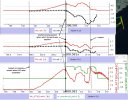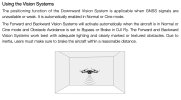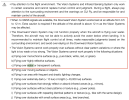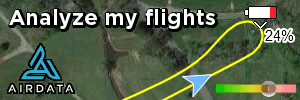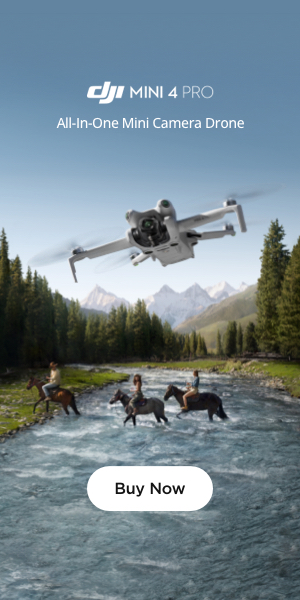This is my first post in this forum.
I initially posted my story on the DJI forum and somebody suggested I post a link here as some people might find this interesting.
The full details are in the DJI post, but long story short:
I lost my drone flying in a famous scenic spot in China (Tiger Leaping Gorge). According to the best analysis from BudWalker: following weak GPS signal, the vision system took over and provided inaccurate speed measurement to the flight controller, leading to a loss of control and my DJI Mini 3 pro crashing into the gorge's cliff wall.
Fly-away / crash - Trying to understand
I initially posted my story on the DJI forum and somebody suggested I post a link here as some people might find this interesting.
The full details are in the DJI post, but long story short:
I lost my drone flying in a famous scenic spot in China (Tiger Leaping Gorge). According to the best analysis from BudWalker: following weak GPS signal, the vision system took over and provided inaccurate speed measurement to the flight controller, leading to a loss of control and my DJI Mini 3 pro crashing into the gorge's cliff wall.
Fly-away / crash - Trying to understand



